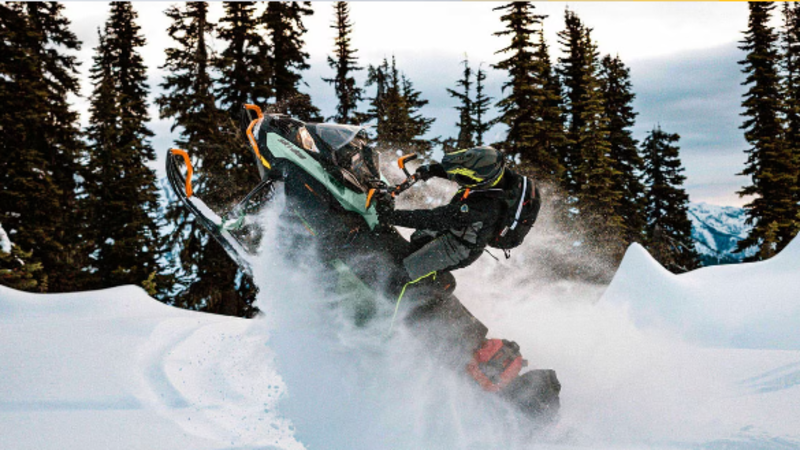
The Beatles, The British Invasion, And 1,000 Pounds Of Wigs
Featured in Ripley's Believe It or Not!

In early 1963, the Beatles released their second single, “Please Please Me,” in the United Kingdom to rave reviews. It was their first single released stateside. Some might argue this paved the way for the so-called “British Invasion.” After all, by early 1964, Life magazine had this to say about the Beatles: “In [1776] England lost her American colonies. Last week, the Beatles took them back.”




